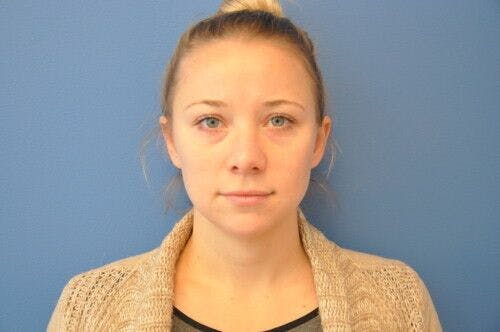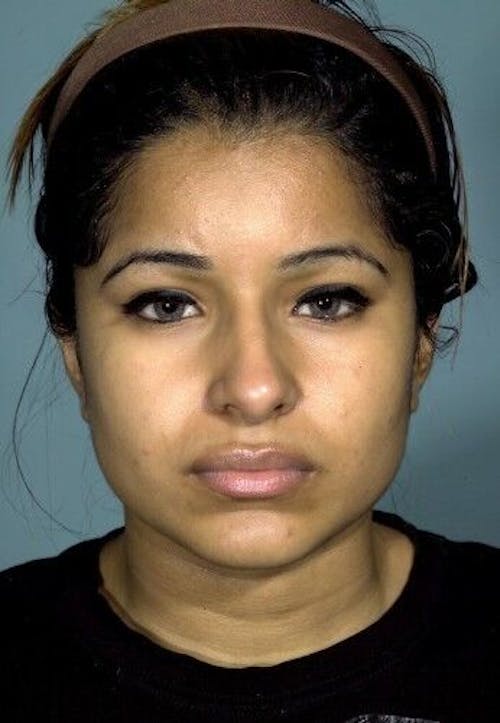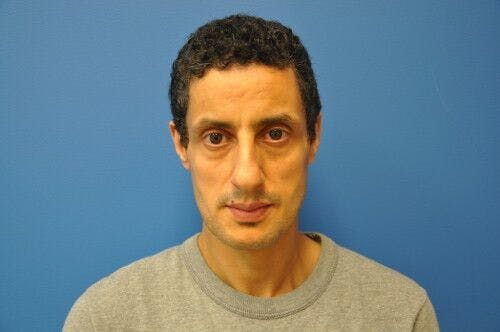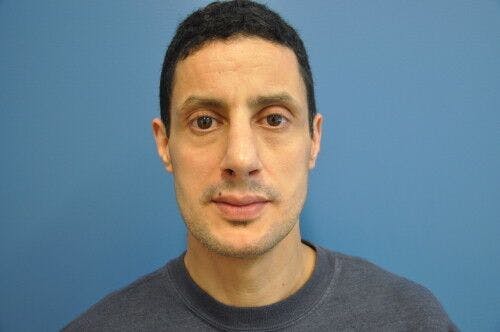Rhinoplasty in Richmond, Northern Virginia at VIPS enables you to correct both functional and cosmetic issues with your nose, for improved breathing and an enhanced sense of facial harmony.
What is Rhinoplasty?
Rhinoplasty, also referred to as a "nose job", is a type of nose surgery that is among the most sought-after cosmetic procedures today. The nose is one of the most prominent facial features, and its size and appearance can significantly affect one's sense of facial harmony. Rhinoplasty is a cosmetic surgery that aims to alter the size, shape, or appearance of the nose, and it can be a life-changing procedure for those who feel that their nose is not contributing to an attractive facial appearance.

Am I a Candidate for Nose Surgery?
The ideal candidate for rhinoplasty in Richmond, Northern Virginia at VIPS is anyone unhappy with the size, shape, appearance, or functionality of their nose, and who has a realistic expectation for the outcome of the procedure. Rhinoplasty is only appropriate for individuals who have finished growing (girls should be at least 16 to 17 years old, while boys may need to be a bit older). There are generally two different reasons why a rhinoplasty may be appropriate:
Cosmetic Benefits of Rhinoplasty
- Enlarging or reducing the length and/or width of the nose
- Centering a crooked or off-center nose
- Correcting a bump or depression on the bridge of the nose
- Enhancing the shape of nostrils that are wide, flared, or upturned
- Reshaping an undefined, upturned, or drooping nasal tip
Functional Benefits of Rhinoplasty
- Reconstructing or repairing the nose after trauma or injury
- Repairing a deviated septum
- Correcting collapsed nasal valves
- Reducing the size of enlarged inferior turbinates
- Addressing sleep apnea issues


Your Nose Surgery Consultation Designing Your Ideal Look
Once you have made the decision to undergo a nose job in the Richmond, Northern Virginia, Charlottesville, & Washington DC areas, the next step is working with your surgeon to design the ideal nose for your facial structure. During your initial consultation, you’ll be encouraged to bring pictures of noses that you personally find attractive, and we will ask you to look at many more as well, to help us attain an understanding of exactly the results you’re most interested in. Keep in mind, however, that our goal is not to recreate a specific nose exactly, but rather to give Dr. Sundin a complete understanding of your ideal, so he can design a unique nose that will harmonize and blend with your unique facial features. This individualized approach will enable your surgeon to create a balanced, beautiful facial profile that is custom-tailored to your personal cosmetic goals.

Burton M. Sundin, MD
Reps B. Sundin, MD
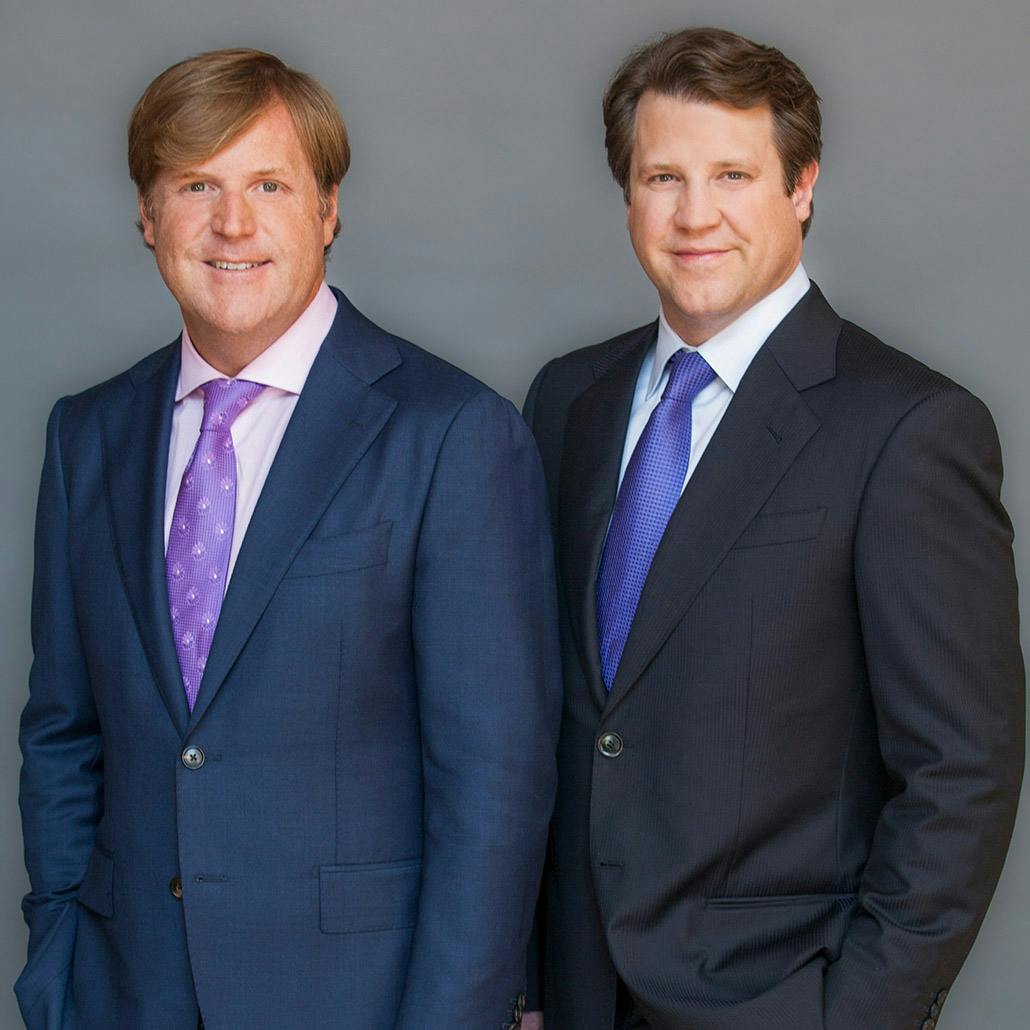
Extensive Skill. Impressive Results.
Designing and implementing delicate, precise changes to create your perfect nose involves both artistic vision and surgical skill. Drs. Burton and Reps Sundin have the training and expertise needed to understand the ways in which subtle changes to the nose will impact the entire face, and to implement those changes correctly, creating truly naturalistic results that will enhance your appearance and your quality of life in equal measure. As board-certified plastic surgeons with over 30 years of combined experience, Drs. Sundin are pleased to be offering their patients an elite-level experience. If you’d like to learn more about the procedures we offer, and how they can help you truly discover your best self, reach out and set up your initial consultation with a helpful member of our team today.

Rhinoplasty FAQs
Will I have scars after my rhinoplasty surgery?
How long with my rhinoplasty results last?
Is rhinoplasty covered by insurance?
How long does nose surgery take to perform?
What are the risks of a nose job?
How much does rhinoplasty cost?
Will I have scars after my rhinoplasty surgery?
Most rhinoplasty procedures leave minimal scarring that is typically not noticeable.
How long with my rhinoplasty results last?
The long-term results of rhinoplasty are typically permanent, although minor changes in the nose's shape may occur over time due to the natural aging process.
Is rhinoplasty covered by insurance?
In most cases, rhinoplasty is considered a cosmetic procedure and is not covered by insurance, unless it is deemed medically necessary due to breathing problems or other functional issues.
How long does nose surgery take to perform?
The length of a nose surgery procedure can vary depending on the complexity of the surgery, but typically it takes between 1 to 3 hours.
What are the risks of a nose job?
Rhinoplasty surgery, like any surgical procedure, carries potential risks such as infection, bleeding, or adverse reactions to anesthesia, which can be discussed with your surgeon.
How much does rhinoplasty cost?
The cost of rhinoplasty can vary based on various factors, including the surgeon's expertise, geographic location, facility fees, and the extent of the procedure.



